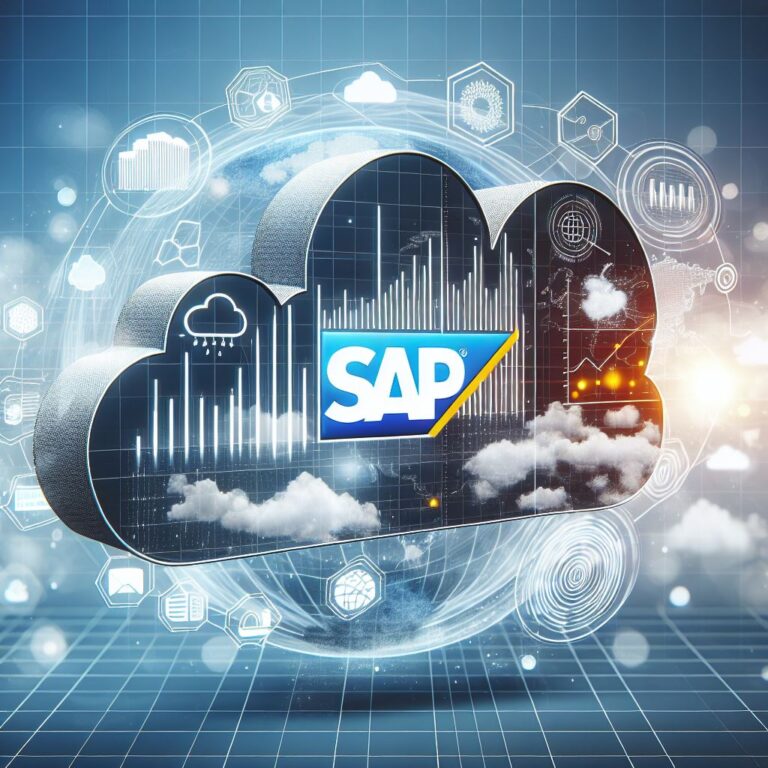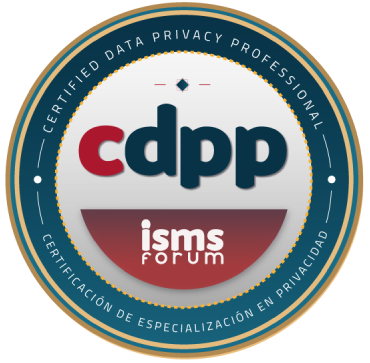The ability to interpret and utilize data effectively has become a crucial competitive advantage. SAP Analytics Cloud (SAC) is one of the leading tools that enables organizations not only to accurately analyze data but also to make decisions based on concrete, real-time insights.
SAP Analytics Cloud is a comprehensive data analysis and planning solution, designed as a cloud-based platform. However, its various architectural options eliminate the need to replicate data in the cloud or anywhere else on the Internet.

This tool combines four functional components that form the complete solution in a unified platform; business intelligence, planning and prediction, as well as the creating analytical applications complex.
SAC allows companies to plan, visualize their data, create interactive reports, as well as “dashboards” to make informed decisions based on advanced analytics.
Origins and Evolution of SAC (SAP Analytics Cloud)
SAP Analytics Cloud was introduced by SAP in November 2015 as a SaaS (hosting and maintenance is provided by SAP in a public cloud environment), in response to the growing demand for cloud-based analytics solutions.
SAP has regularly invested in improving and expanding SAC's capabilities, integrating advanced machine learning and predictive analytics. This evolution has allowed SAC to remain at the forefront of business analytics tools.
Benefits of SAP Analytics Cloud
One of the key benefits of SAC is its ability to combine analysis, planning, and forecasting capabilities into a single platform. This eliminates the need for multiple tools and facilitates a holistic view of business data.
Thanks to its cloud architecture, SAC enables organizations to access and analyze data in real time from anywhere. This capability is especially valuable in today's business environment, where quick decision-making can mean the difference between success and failure.
SAC facilitates cross-team collaboration by enabling the creation and sharing of interactive reports and visualizations. This enhanced collaboration helps align everyone in the organization with business objectives and make more informed decisions.
Integration of SAC into the SAP ecosystem
SAP Analytics Cloud is a comprehensive solution that seamlessly integrates with various applications and platforms within the SAP ecosystem. This integration allows companies to make the most of their investments in SAP technology, facilitating data access and improving decision-making.

Integration with SAP S/4HANA
SAC enables direct connection to SAP S/4HANA, allowing users to access real-time data for analysis and visualization. This integration facilitates the creation of dashboards and reports that reflect the current state of the business, improving responsiveness and decision-making.
Additionally, it makes it easier for companies to use SAC for financial and operational planning, aligning plans with real-time transactional data.
Integration with SAP BW/4HANA
SAP BW/4HANA is a data warehousing solution that allows you to consolidate data from multiple sources. Integration with SAP BW/4HANA enables you to use this consolidated data for advanced analysis and visualization, improving the accuracy and depth of the insights gained.

Furthermore, data models created in SAP BW/4HANA can be used directly in SAC, facilitating the creation of reports and dashboards without the need to duplicate modeling efforts.
Integration with SAP Datasphere
SAP Datasphere is the evolution of SAP BW and SAP BW/4HANA, designed to manage and analyze data in the cloud. Integration with SAP Datasphere enables companies to leverage Datasphere's advanced data integration, cataloging, and semantic modeling capabilities to perform advanced analytics.
Additionally, complex data models can be created and advanced analytics performed in SAC without duplicating modeling efforts. This integration facilitates the creation of a unified view of enterprise data.
Comparison with Other Tools on the Market
While tools like Tableau and Power BI focus on data visualization, SAC offers a more comprehensive solution by integrating planning and forecasting capabilities into a single platform.

SAC's ability to natively integrate with other SAP systems, such as SAP S/4HANA, gives it a significant advantage over its competitors. This integration enables real-time data transfer and ensures that analyses are always based on the most up-to-date information.

While all of these tools are scalable, SAC's cloud architecture facilitates seamless scalability, allowing businesses to grow and adapt quickly as their analytics needs change.
SAP Analytics Cloud has established itself as an essential tool for data analysis and business planning. Its ability to unify functions, provide real-time analysis, and facilitate collaboration makes it a powerful and versatile solution.
Furthermore, its seamless integration with the SAP ecosystem and favorable comparison with other tools on the market underscore its value. As companies continue to navigate the complex data landscape, SAP Analytics Cloud is positioned as an invaluable ally in making informed, strategic decisions.
Learn much more at EIP International Business School. Find out everything on our blog and get trained in SAP with our cOfficial Sap S/4Hana Finance certificate.


































